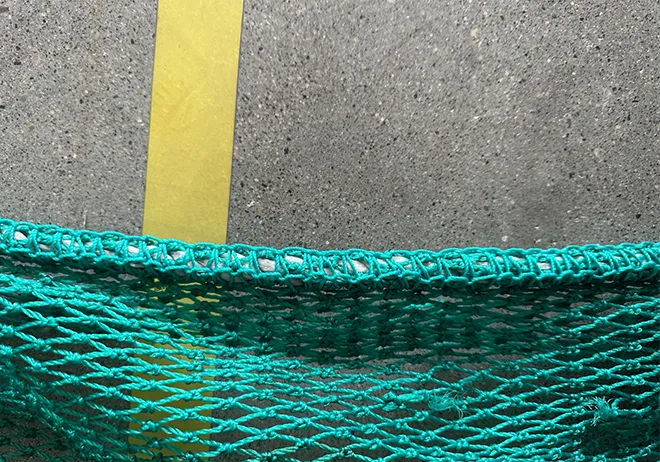sewing thick canvas
Sewing Thick Canvas Tips and Techniques for Successful Projects
Sewing thick canvas can be an intimidating task for many crafters, but with the right tools and techniques, anyone can master this durable fabric. Known for its strength and versatility, canvas is frequently used in a variety of projects ranging from bags and tents to outdoor gear and upholstery. This article will guide you through essential tips and tricks for sewing thick canvas, ensuring your projects are both functional and aesthetically pleasing.
Choosing the Right Tools
Before starting your sewing project, it’s crucial to have the right tools at your disposal. Here are some key items you’ll need
1. Heavy-Duty Sewing Machine Regular sewing machines may struggle with thick canvas. Opt for a heavy-duty machine with a powerful motor designed to handle multiple layers of fabric.
2. Needles A size 16 or 18 jeans needle works best for thick canvas. These needles are specifically designed to penetrate dense materials without breaking.
3. Thread Use high-strength polyester or nylon thread. These threads are not only strong but also resistant to wear and tear, making them ideal for canvas.
4. Foot Attachments A walking foot or Teflon foot can prevent the fabric from sticking or dragging, ensuring smooth feeding through the machine.
5. Clips Instead of pins, use fabric clips to hold multiple layers together. This helps to avoid punctures in the fabric and allows for a more secure grip.
Preparing Your Fabric
Before you start sewing, proper preparation of your canvas is vital. First, wash and dry the canvas if possible, as this will remove any finishes or treatments that may interfere with sewing. Iron the fabric on a low setting, using a pressing cloth to avoid scorching, ensuring a flat and smooth surface to work with.
sewing thick canvas

Additionally, consider applying a fabric waterproofing treatment if your project will be exposed to outdoor elements. This extra step increases the longevity of your sewing project and enhances its functionality.
Techniques for Sewing Thick Canvas
1. Adjust Stitch Length When dealing with thick canvas, use a longer stitch length (about 3 to 4 mm). This provides better durability and prevents the stitches from breaking when the fabric is under tension.
2. Go Slow Thick fabrics can be challenging to maneuver. Take your time, and don’t rush your sewing. Guide the fabric gently through the machine, avoiding sudden jerks that could lead to uneven seams.
3. Reinforce Stress Points Areas of your project that experience a lot of stress—like handles on bags or corners of cushions—should be reinforced. Use backstitching or additional layers of fabric to fortify these points.
4. Use a Teflon or Walking Foot As mentioned, these specialty feet help the fabric glide through the machine more easily. A walking foot has built-in feed dogs to ensure even feeding of the fabric layers, which is particularly helpful with thick materials.
Finishing Touches
After sewing your thick canvas project, take the time to finish the edges properly. Use a zigzag stitch or a serger to prevent fraying. This not only enhances the durability of your project but also gives it a polished appearance.
Finally, remember that practice makes perfect. Don’t be discouraged by initial challenges; with every project, you’ll gain more experience and confidence in working with thick canvas. Whether you’re creating a custom bag, a sturdy outdoor tent, or anything in between, mastering the art of sewing thick canvas can open up countless creative possibilities.
In conclusion, sewing thick canvas might require extra effort and a few specialized tools, but the reward is definitely worth it. With these tips and techniques in hand, you can tackle your next canvas project with confidence and skill. Happy sewing!
-
Industrial Cylinder Arm Sewing Machine: Revolutionizing Heavy-Duty SewingNewsJul.28,2025
-
Cylinder Arm Sewing Machine: Perfect for Special Sewing ApplicationsNewsJul.28,2025
-
Cylinder Bed Sewing Machine: Essential for Sewing Complex MaterialsNewsJul.28,2025
-
Heavy Duty Sewing Machine: The Essential Tool for Industrial ApplicationsNewsJul.28,2025
-
Computerized Pattern Sewing Machine: Revolutionizing Precision StitchingNewsJul.28,2025
-
Heavy Duty Industrial Sewing Machine: Power Meets PrecisionNewsJul.28,2025
-
Leather Sewing Machine: The Industrial Standard for Tough MaterialsNewsJul.18,2025





























